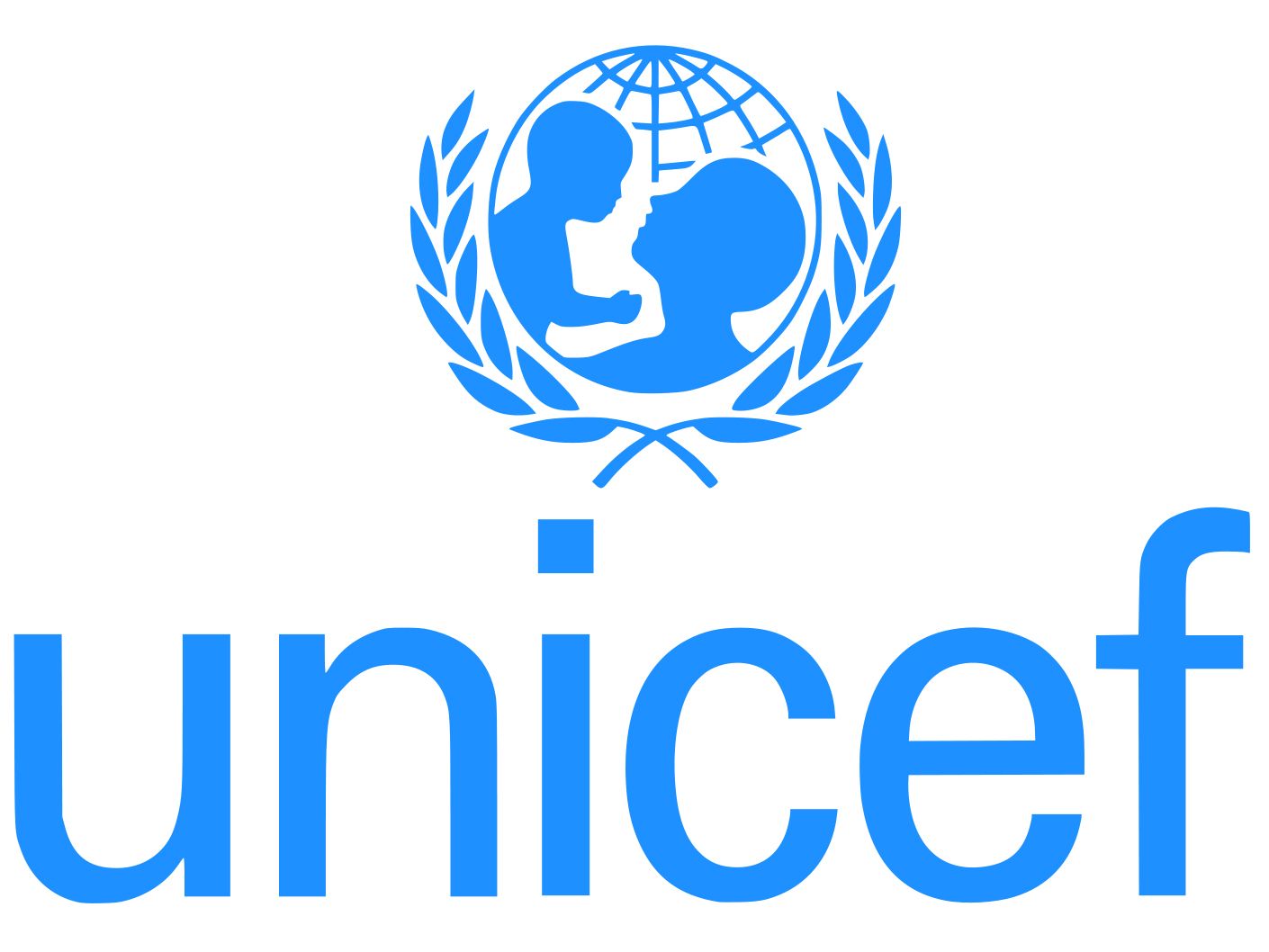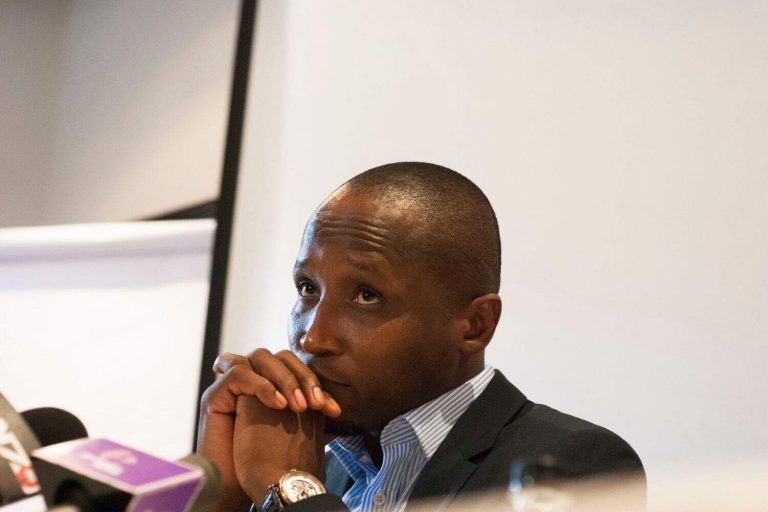
More than 400 million children worldwide are living in poverty, missing out on at least two essential needs such as nutrition, sanitation, health care, or education, according to a new UNICEF report released to mark World Children’s Day.
The flagship report, The State of the World’s Children 2025: Ending Child Poverty Our Shared Imperative, draws on data from over 130 low- and middle-income countries. It shows that 417 million children are severely deprived in two or more areas crucial for their survival and development, while 118 million face three or more severe deprivations.
UNICEF warns that the combined pressures of conflict, climate crises, weakening economies, shrinking aid budgets, and demographic growth are driving millions more children into hardship and threatening to reverse a decade of progress.
The highest levels of multidimensional child poverty are concentrated in Sub-Saharan Africa and South Asia.
In Chad, 64% of children face two or more severe deprivations, and nearly a quarter face three or more.
Sanitation remains the most common deprivation worldwide with 65% of children in low-income countries lacking access to a toilet.
UNICEF notes that while child deprivation fell from 51% in 2013 to 41% in 2023, progress has stalled sharply due to overlapping global crises and deepening inequalities.
The report warns that unprecedented cuts to Official Development Assistance (ODA) could have catastrophic consequences.
A study published in The Lancet estimates that aid reductions could result in 4.5 million additional deaths of children under five by 2030.
UNICEF projections also show that six million more children could be out of school by next year if funding shortfalls continue.
Despite global setbacks, some countries have demonstrated that progress is possible: Tanzania reduced multidimensional child poverty by 46 percentage points between 2000 and 2023 through cash support programmes and expanded basic services.
Bangladesh cut child poverty by 32 percentage points, driven by major investments in education, electricity, sanitation, and improved housing.
Monetary Poverty Also Rising
The report highlights that 19% of children worldwide live in extreme monetary poverty, surviving on less than US$3 a day with nearly 90% of these children in Sub-Saharan Africa and South Asia.
Even in high-income countries, 50 million children about 23% live in relative monetary poverty.
Child poverty has risen significantly in France, Switzerland, and the United Kingdom, though Slovenia achieved major reductions due to strong family benefits and wage protections.
Path Forward: Child Rights at the Centre
UNICEF stresses that ending child poverty is possible if governments prioritise child rights by:
Making child poverty reduction a national priority
Integrating children’s needs into budgets and economic planning
Expanding social protection, including cash transfers
Investing in education, healthcare, housing, sanitation, nutrition and clean water
Supporting decent work conditions for parents and caregivers
UNICEF warns that without stronger political will and renewed financial commitments, millions more children could be pushed into a lifetime of deprivation with devastating long-term consequences for societies worldwide.
Erizia Rubyjeana



